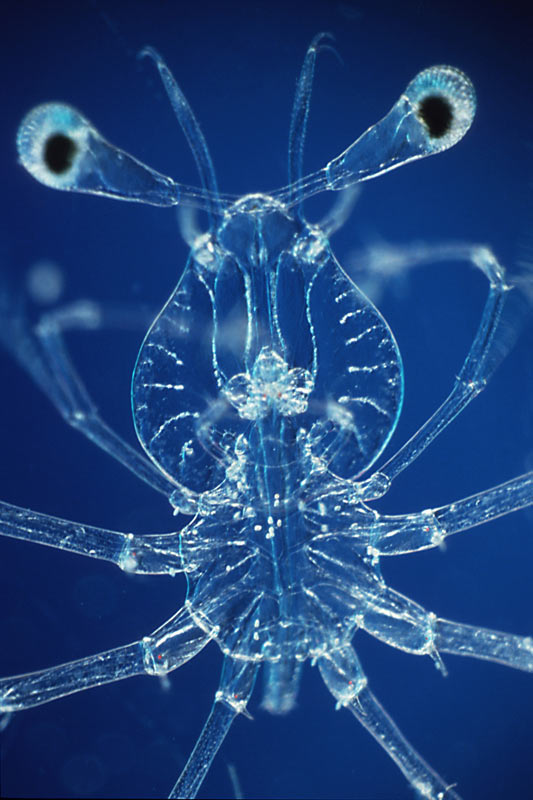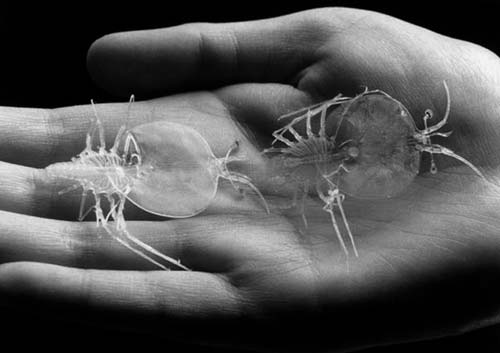 In retrospect, it seems I might trace the first recognizable step in my path toward a career in marine biology to sitting in Miss Evanson’s 2nd grade classroom at Barcroft Elementary one day in . . . well, I won’t tell you when, but I came across Dr. Seuss’s incomparable treatise on marine biology McElligot’s Pool. On that day I entered another world, one filled with wild and fantastical creatures beyond imagining, and from which it’s possible that I never came back. What a book.
In retrospect, it seems I might trace the first recognizable step in my path toward a career in marine biology to sitting in Miss Evanson’s 2nd grade classroom at Barcroft Elementary one day in . . . well, I won’t tell you when, but I came across Dr. Seuss’s incomparable treatise on marine biology McElligot’s Pool. On that day I entered another world, one filled with wild and fantastical creatures beyond imagining, and from which it’s possible that I never came back. What a book.
Alas, I don’t have a copy of that fateful volume, but I bring it up today apropos of introducing a new semi-regular feature of the blog — the Daily Sea Monster. I’m using a bit of poetic license here, taking Sea Monster broadly to mean any creature that makes its home in salty water. Also about daily–the frequency will be intermittent. One of the good Doctor’s many memorable lines can serve to introduce it:
“The sea is so full of a number of fish
If a fellow is patient he just might get his wish!”
Indeed. So let us celebrate some of the wonderful creatures that are at least as bizarre as those dreamed up by Dr. Seuss. First up:
The phyllosoma
We begin with a creature that is more beauty than beast. What a lovely, elegant name, befitting its owner. Its Greek derivation, meaning “leaf-body”, poetically captures the shape of this delicate, bizarre wisp, destined to wander the azure waters of the tropical plankton, biding its time as it grows up to the point where it will surf across a reef crest and settle into a spongy seaweed grove to begin its life on the bottom as a spiny (or slipper) lobster. By the standards of your garden-variety marine invertebrate larva, however, it is indeed a monster–absolutely huge at up to 5 cm in diameter (see the photo below!) , and is a champion of the planktonic vagabond community, spending up to a year drifiting the seas before it settles.
 According to this site, the critter’s bizarre shape may be related to a habit of life as a hitchhiker on jellyfish. That I did not know but it makes sense given their size and legginess and the precedent of hyperiid amphipods, which are known to live on jellies (but that’s a story for another day . . .) Its transparency, like that of so many other plankters, is presumably an adaptation to escape the eyes of roving predators during a life of exposure in open water with nowhere to hide. Except perhaps on a wayward jellyfish.
According to this site, the critter’s bizarre shape may be related to a habit of life as a hitchhiker on jellyfish. That I did not know but it makes sense given their size and legginess and the precedent of hyperiid amphipods, which are known to live on jellies (but that’s a story for another day . . .) Its transparency, like that of so many other plankters, is presumably an adaptation to escape the eyes of roving predators during a life of exposure in open water with nowhere to hide. Except perhaps on a wayward jellyfish.
Finally, it’s a pleasure to send a shout-out to Dr. Nancy Knowlton of the Smithsonian, veteran marine biologist and author of the fabulous new book Citizens of the Sea, from which the image at top of the page came, and which will surely be the source of many other entries in the Sea Monster of the Day series.
[by ED]
[Top photo by Peter Parks/SeaPics.com]
Leave a Reply